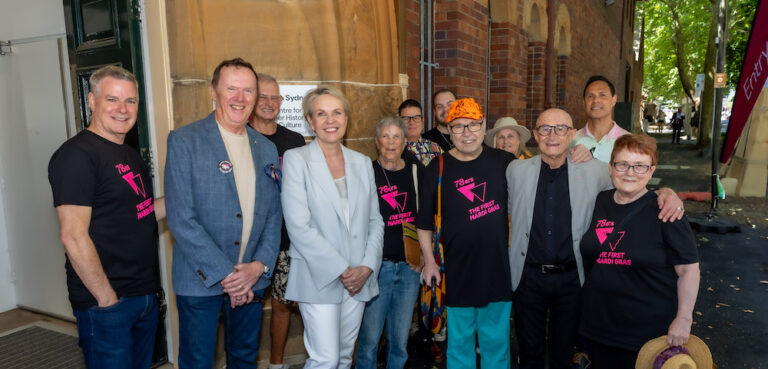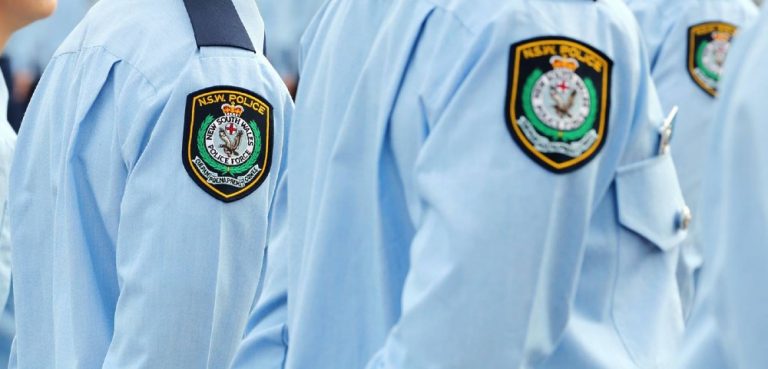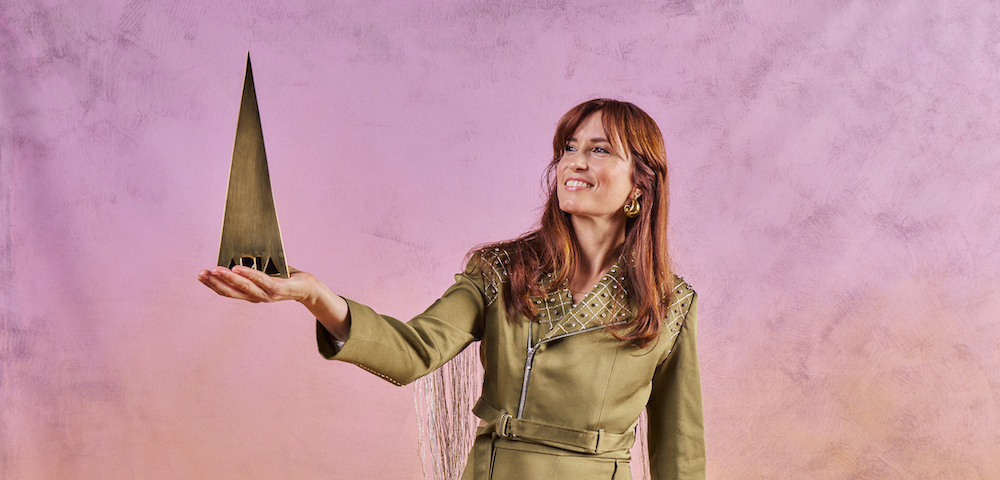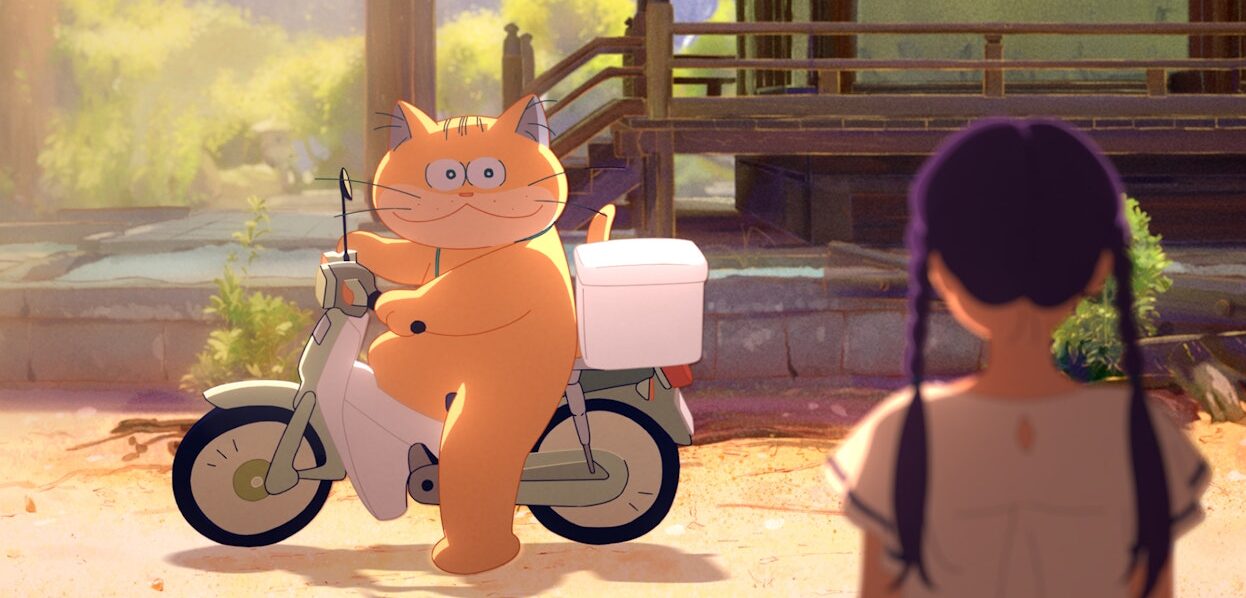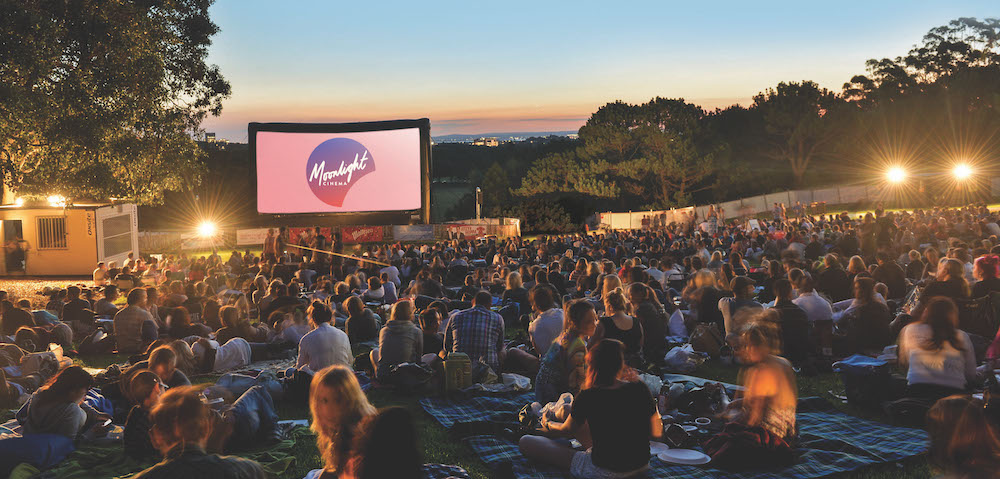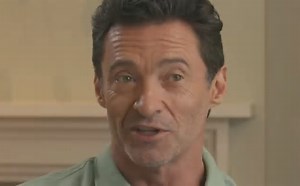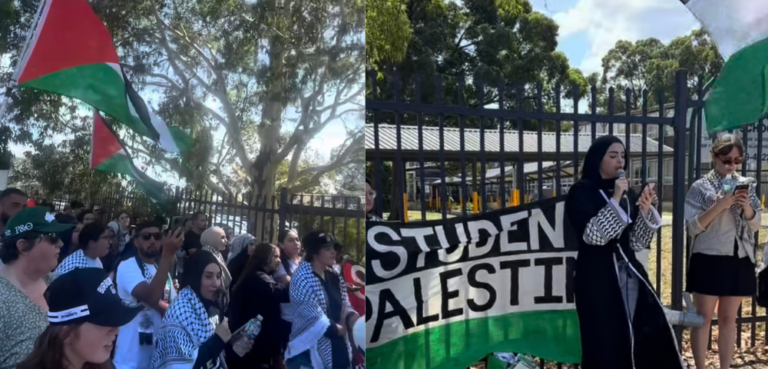
Outback Stories told by a legend

Cultural historian Warren Fahey has just hit ‘go’ on Outback Stories, his most recent project of 12 videos about the development of the Australian bush and the characters that inhabited it.
“I have been doing ABC radio programs on the bush for years, and they were hugely popular even as we were losing contact with out history of the bush,” Warren Fahey, historian and videographer said.
“The people from the colonial period and particularly the people who worked in the bush contributed so much to what our Australian identity evolved to be.”
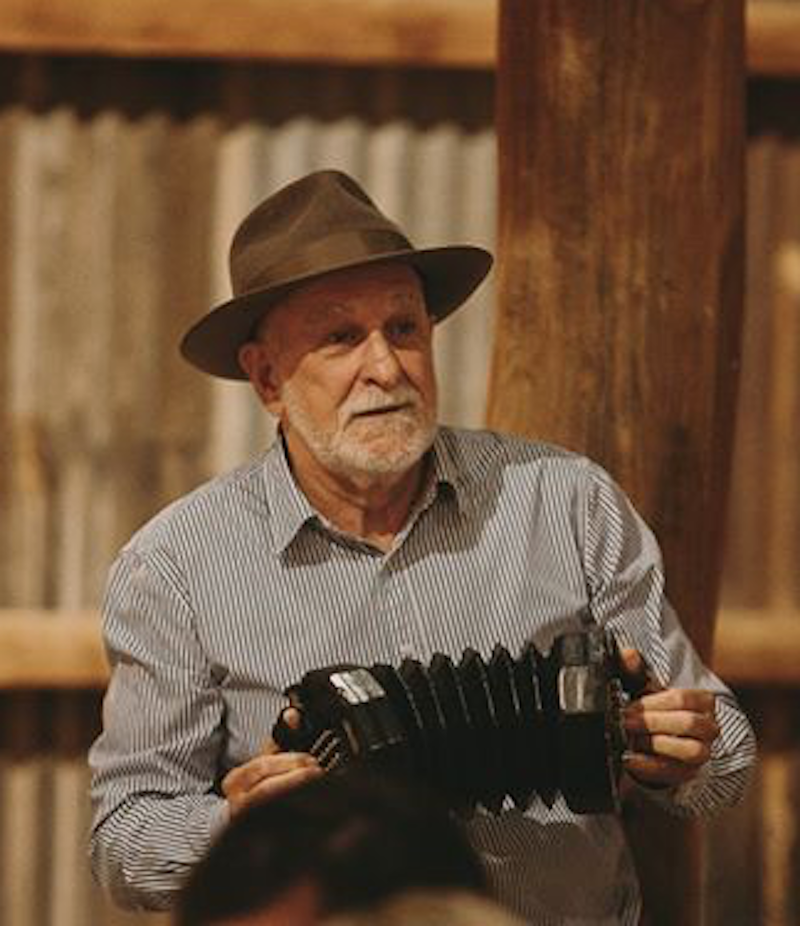
Fahey’s series is available on his website and each of the 12 episodes of around 18 minutes duration, tells stories of how the bush character develops across the years from the 1890s to the late 1930s.
Each episode is based on a theme such as “The Stockmen of Australia”, “Bullockies and Bull-dust” and the “Station Cook- the ‘Babbling Brook’” and draws on archival footage from early feature films, home movies and newspaper and journal illustrations and cartoons.
The stories also utilise early photographs, magic lantern slides, postcards and animated characters.
“We were focusing on material that had been scanned, and he (Fahey) took a lot of material from film such as Robbery Under Arms (1957) and A Girl From The Bush (1921) and other silent features from the 1920s,” Simon Drake, Access Co-ordinator, National Film and Sound Archives said.
“A lot of the footage in the collection is re-enactment and dramatisation from early features.”
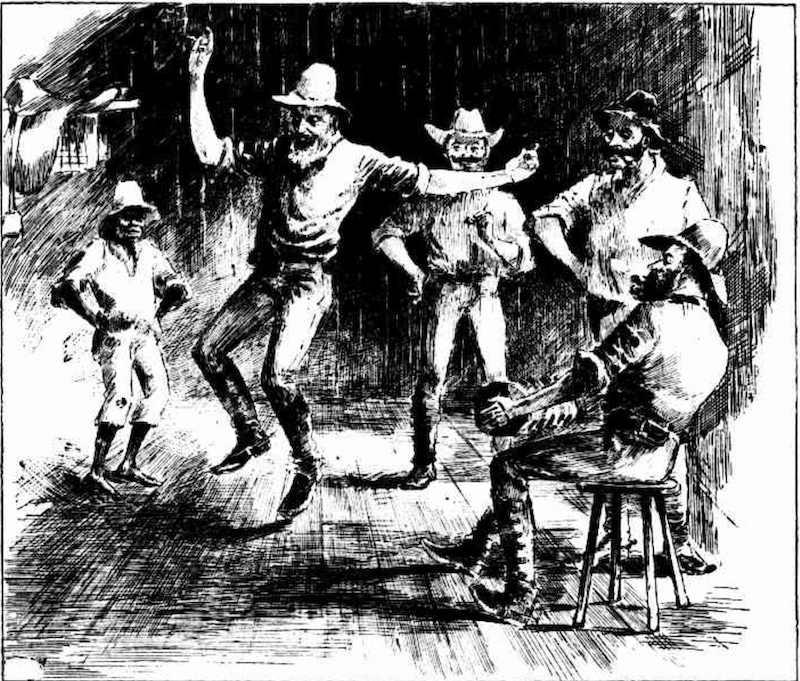
Fahey had already established a strong working relationship with the NFSA as he had used their collection as a major resource for his multi-screen Biennale of Sydney production Damned Souls and Turning Wheels (Cockatoo Island 2010) project.
For both projects Fahey collaborated with international multi media artist Mic Gruchy as editor.
The episode “On the Rantan” examines the lives of stockmen and shearers who work seven days a week during the season and then hit town with a cheque, a big thirst and an eye for the girls.
When their money ran out they were often given a bottles of grog, a bit of bacon and sent on their way to the next work opportunity.
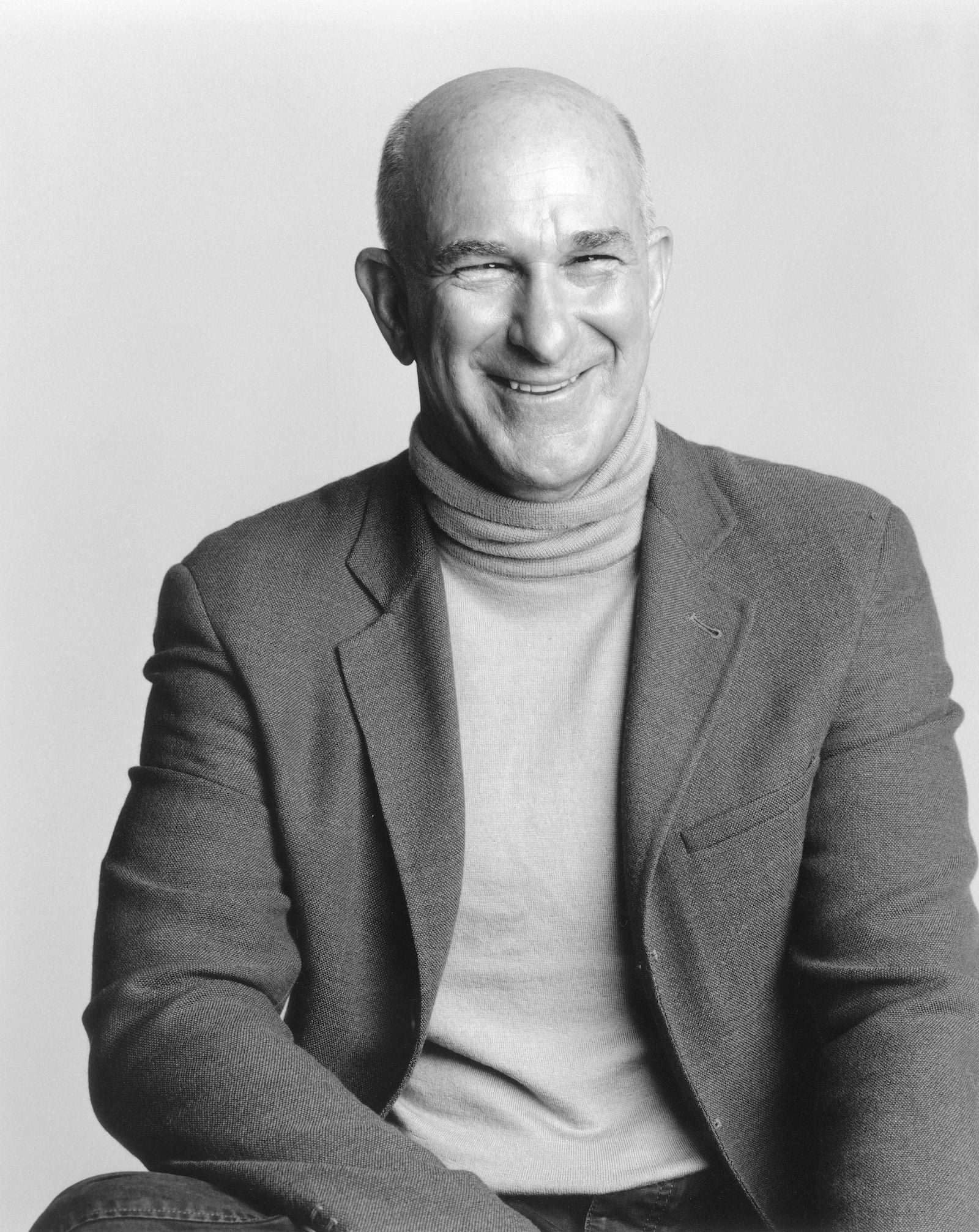
If they had any money left over, one infamous publican would write a cheque for the amount, but not before baking it in the oven beforehand. A few miles down the road the unfortunates would find that their money had turned to cinders in their pockets.
There were also moments of serendipity in Fahey’s search for material, such as when he encountered Sydney Reid, the grandson of pastoralist Sir Sidney Kidman’s partner, who let Fahey know that he was the custodian of a lot of valuable and historical film footage.
It turned out that in the 1920s Kidman bought a 16mm camera and gave it to his partner to film him as he worked his extraordinarily large landholdings across three states.
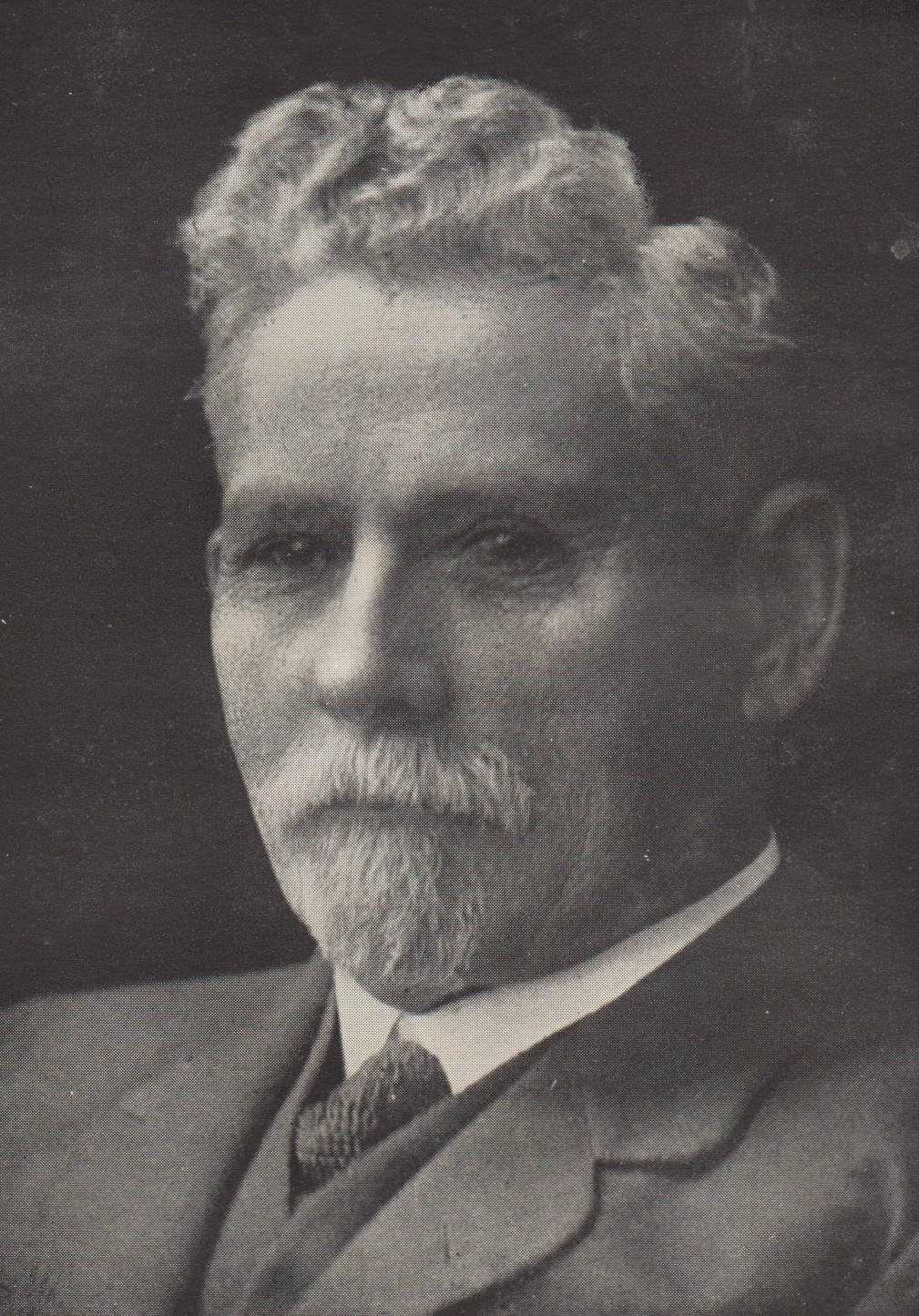
“At one stage he owned more land than any other human in the British Commonwealth,” Fahey said.
The episode “Boots Buckles and Battered Hats” is the origin story of renowned bush outfitters R M Williams and tells the company’s story from humble beginnings to being the major stock supplier across Australia.
“What I wanted to celebrate and remind Australians is that our identity was bred in the bush, which, until industrialisation at the turn of last century, was where the majority of Australians lived,” Fahey said.
The 12 episodes of Outback Stories are available free to view on Fahey’s website:
warrenfahey.com.au/outback-stories/
